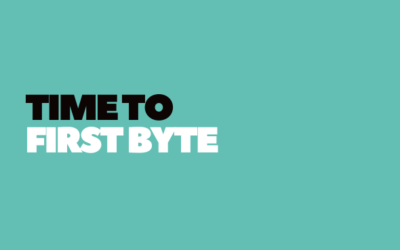What is Total Blocking Time?
Total Blocking Time is a critical metric used to quantify the responsiveness of a web page. It measures the time between First Contentful Paint (FCP) and Time to Interactive (TTI), where the main thread of a webpage is blocked long enough to prevent input responsiveness. In simpler terms, TBT calculates the total time in milliseconds during which the webpage is unresponsive to user input, such as mouse clicks, screen taps, or keyboard presses.
Why TBT Matters for SEO?
Search engines like Google aim to provide the best user experience, and as part of this objective, they favor websites that load quickly and interact smoothly. A high TBT implies that a webpage has periods where it becomes unresponsive, leading to a poor user experience. This can negatively impact your site’s SEO rankings, as search engines might deem it less favorable compared to sites with better performance metrics.
Impact on User Experience
A high TBT can lead to frustrating experiences for visitors as they encounter site interactivity delays. This can increase bounce rates and reduce the likelihood of users engaging with the content or returning to the site. In today’s fast-paced digital environment, ensuring a seamless user experience is crucial for maintaining and growing your audience.
Root Causes and Optimization
The primary cause of high TBT is often lengthy JavaScript tasks. These tasks can block the main thread, leading to delays in processing user inputs. To optimize TBT, it’s essential to identify and minimize long JavaScript tasks. Techniques like code splitting, reducing third-party script usage, and optimizing for efficiency can significantly improve TBT.
Tools for Measuring and Improving TBT
Various tools are available for measuring TBT, such as Google’s Lighthouse and PageSpeed Insights. These tools provide insights into TBT and other performance metrics, offering recommendations for improvement. Regular monitoring and optimization of TBT should be a part of your web performance strategy.



